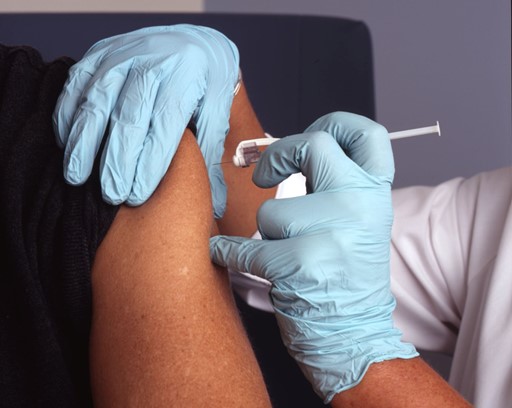When other treatments aren’t working, many cancer patients seek out cutting-edge therapies that are still being tested. Most of the time, a cancer patient’s greatest opportunities for remission are found in approved therapies. It is never a good idea to abandon a course of treatment under the direction of your oncologist for something you read about on the Internet. But every patient’s situation is unique, oncologist Dr. Tyler Buckley advises, and sometimes getting into a clinical trial makes sense.
Here are four things Dr. Buckley wants patients to know about investigational treatments.
By definition, an investigational drug is still being tested
Investigational drugs for cancer are drugs that are still being studied. Regulatory agencies have not yet approved them. The US Food and Drug Administration (FDA) hasn’t given them the go-ahead. Because these drugs are not FDA-approved, they are not covered by insurance. You would have to pay for them if you cannot get them for free in exchange for participating in a clinical trial. However, the drug company has no clear legal right to sell them.
Clinical investigation involves a series of well-defined steps
Clinical trials have different phases. There is usually a testing period in the lab to ensure the drug does not damage DNA or other genetic material. There may be safety tests with lab animals. There will be AI-driven searches of medical records involving treatment with similar drugs to assess the risk of the investigational drug in human patients.
This preliminary work is necessary to register the drug with the FDA for investigational status. The research team goes into Phase 0 testing if the FDA approves this preliminary work.
Phase 0 testing involves a very small number of volunteers given a small drug dose. Phase 0 testing very seldom results in a cure. These tests primarily confirm that the drug can be absorbed by the body, reaches its targeted cancer cells, and has a measurable effect on its target.
Phase I testing determines the optimal dosing of the drug. A few people are given a small dose of the drug. If they respond to the drug, they get a larger dose. Some people may benefit from the drug, but this phase’s purpose is to ensure that the drug does not cause side effects greater than its benefits.
Phase II testing involves larger numbers of volunteer patients. Between 25 and 100 patients get the drug to see if it extends life, induces remission, or improves the quality of life. Half of the patients in this phase of research will receive a placebo.
Phase III testing is done with hundreds of patients in multiple clinics. This part of the study establishes the efficacy of the drug. If you volunteer for a Phase III study, you may receive a placebo at first. But if the drug works, at some point you will get it.
Potential benefits must be weighed against potential risks, Dr. Tyler Buckley advises
Investigational drugs, such as improved survival rates or better quality of life, may benefit cancer patients. It’s important to remember that these benefits are not guaranteed, and risks may be associated with an investigational drug.
Investigational drugs may have side effects that are not yet fully understood. It’s important to talk to your healthcare provider about the potential risks and benefits of an investigational drug and any alternative treatments that may be available.
Access to investigational drugs is not guaranteed
Access to investigational drugs is limited. Not every patient will be eligible for a particular clinical trial. Patients should discuss access to investigational drugs with their oncologist.
In summary, Dr. Tyler Buckley advises cancer patients always to be frank and open about their interest in investigational drugs with their care providers. Your doctor wants you to get the best possible result from your treatment. Sometimes, you have better chances with the treatment you currently receive. Always keep your doctor in the loop when looking for investigational treatments.




